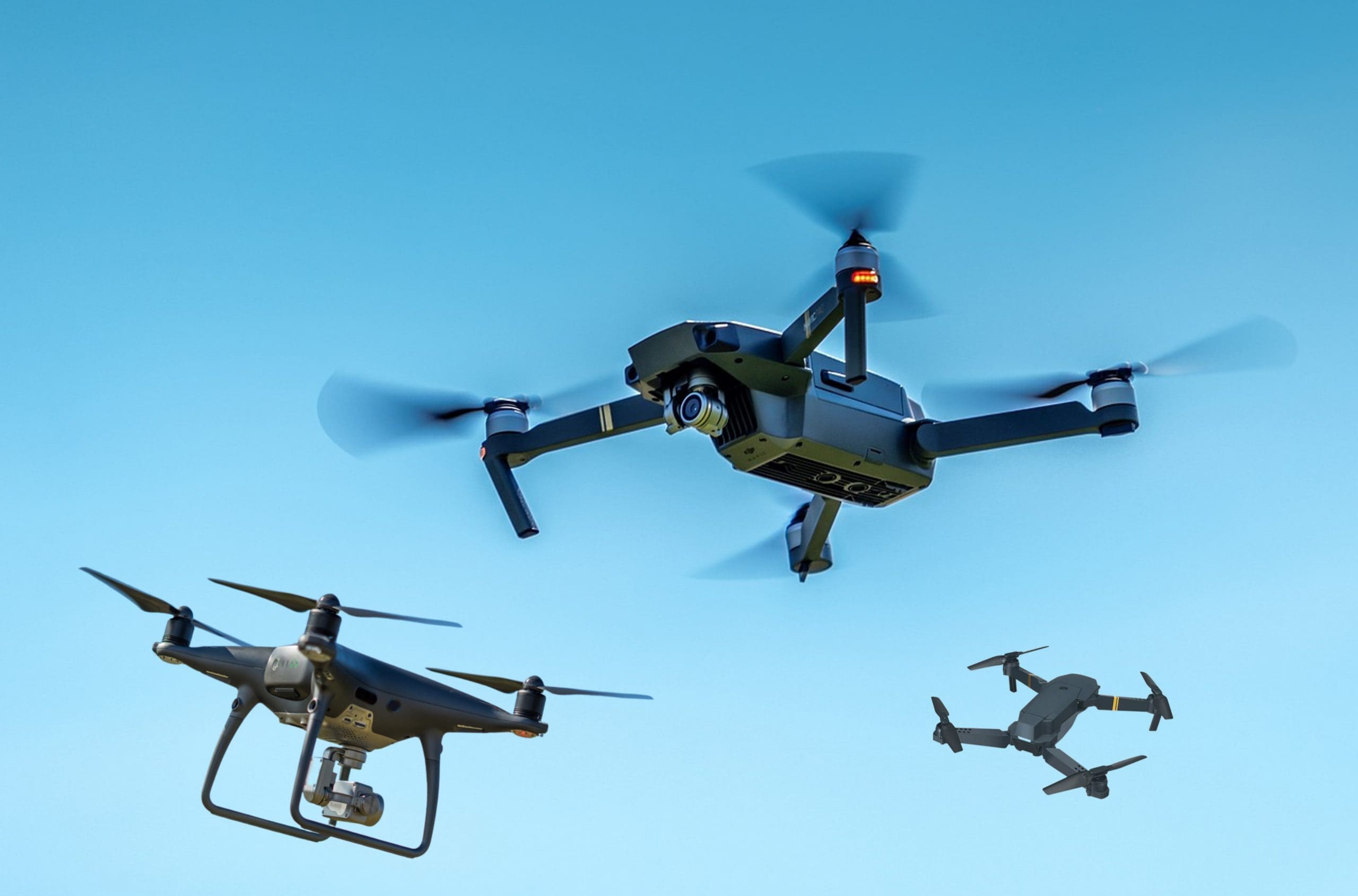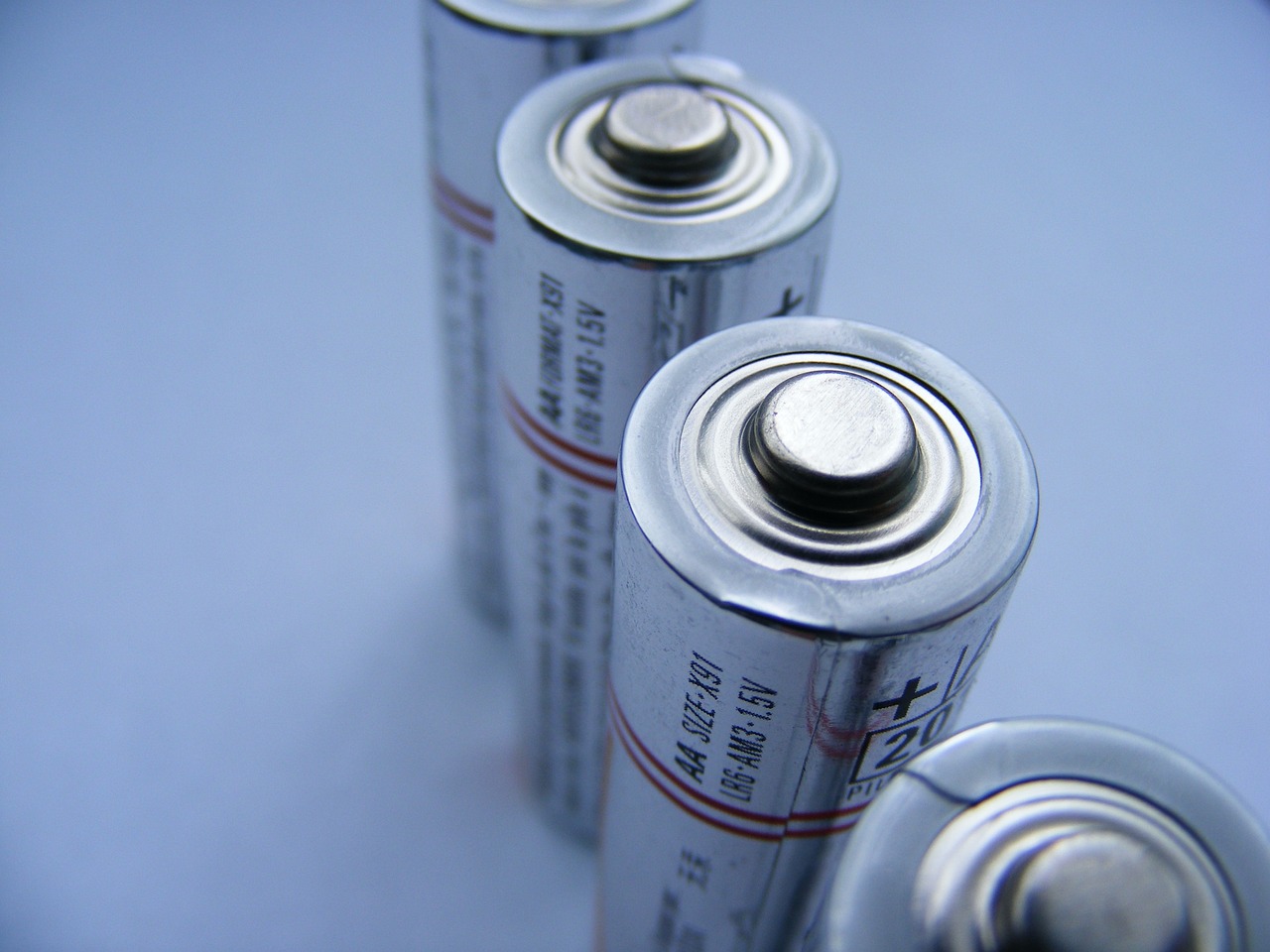This post is also available in:
 עברית (Hebrew)
עברית (Hebrew)
A new breakthrough from MIT engineers promises to revolutionize safety protocols for drones, self-driving cars, and robots working in complex, crowded environments. The team developed a cutting-edge method that guarantees safe operation, even when thousands of agents are involved.
The challenge in managing safety in multiagent systems—environments with multiple drones, robots, or vehicles—is the difficulty of predicting and avoiding collisions. Traditional methods include calculating the potential paths of every agent relative to every other agent, which is computationally intense and doesn’t always ensure safety, especially in unpredictable environments.
MIT’s new method, however, simplifies the process. By training only a small number of agents to safely navigate their environment, the system scales seamlessly to thousands of agents without requiring specific path planning for each one. The key innovation lies in creating dynamic safety zones for each agent—these are boundaries within which agents must stay to avoid collisions. As long as the agents remain within their defined safety margins, they can freely adjust their paths to complete their tasks.
Chuchu Fan, Associate Professor of Aeronautics and Astronautics at MIT, described the method as a “shield” for multiagent systems, ensuring safe operations without rigidly predetermined paths.
The team also introduced a new tool called GCBF+ (Graph Control Barrier Function), which helps calculate the safety zone for each agent based on its sensing radius and mechanical limits. Instead of following a fixed path, agents continuously adjust their safety zones in real-time, allowing them to adapt to changes in their environment. This ensures they can safely navigate without needing to know every potential obstacle in advance.
In successful tests, MIT used small quadrotor drones to perform mid-air position swaps and land on moving vehicles. The drones, guided by the new system, avoided collisions by adjusting their positions within their safety zones, demonstrating how the method could be applied to large, dynamic systems.
This breakthrough approach could be transformative for industries using multiagent systems, offering a scalable and flexible safety solution for applications like drone shows, autonomous vehicles, and delivery systems.


























